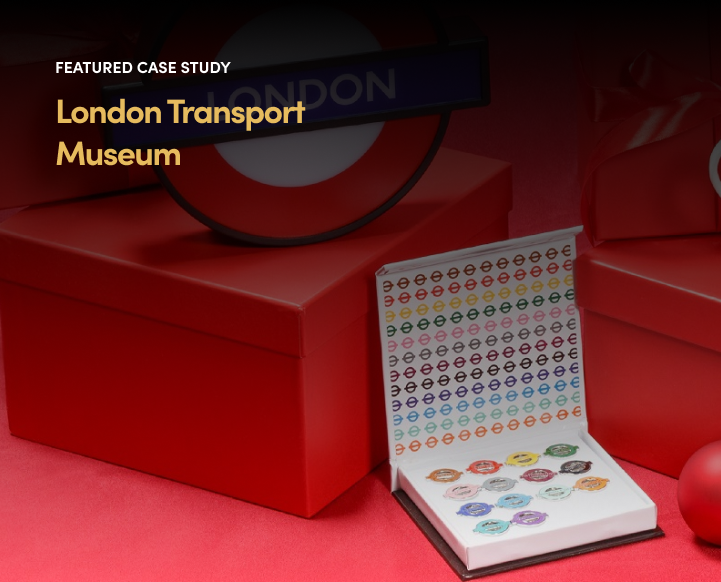What is Commerce Layer?
Commerce Layer is an API-first e-commerce platform offering over 400 endpoints, microservices, and webhooks to manage the transactional aspects of e-commerce projects. Founded in 2017, it focuses on transactional engines without managing the product catalog, believing that the product catalog is more suited to the content world than the commerce sphere.
Key Differentiators of Commerce Layer
API-First, Developer-Focused Approach
Commerce Layer’s core is built on Ruby, with various microservices using different technologies. It’s a proprietary platform designed from scratch, emphasizing a developer-first approach. This philosophy aims to empower businesses by enabling developers to craft customized e-commerce experiences.
Focus on Transactional Engine
Unlike many e-commerce platforms, Commerce Layer does not manage the product catalog. It is designed to handle SKU, prices, and stock, linking these transactional elements with content managed in a CMS. This approach allows for a more flexible and tailored product presentation.
International and Multi-Market Capabilities
The platform is designed to be global by default, offering a unique model to manage international businesses with different localization rules. It supports multiple markets, not just in terms of geography but also in terms of different business models like B2C or B2B.
Pricing and Scalability
Commerce Layer’s pricing is based on order volume, offering volume discounts for larger businesses. This approach makes the platform cost-effective for premium brands with higher average order values or larger volumes. The pricing scales with the business, making it a viable option for a range of companies.
Empowering Omnichannel Strategies: The Rapha Case Study
Rapha, a prominent omnichannel brand, chose Commerce Layer for its flexibility and open architecture. The decision, driven by Rapha’s tech team, highlights the platform’s ability to adapt to various business models and its appeal to brands looking for a customizable e-commerce solution.
Roadmap and Future Developments
Commerce Layer is focusing on developing micro frontends to reduce the friction in adopting a composable stack. The upcoming Metrics API will offer insights into transactional data, further enhancing the platform’s capabilities. These developments aim to simplify the adoption process and provide more value from the data managed by Commerce Layer.
Conclusion
Commerce Layer stands out in the e-commerce platform market with its unique approach to transactional engines, international capabilities, and developer-first philosophy. As e-commerce continues to evolve, platforms like Commerce Layer are leading the way in providing flexible, scalable, and innovative solutions for businesses looking to excel in the digital marketplace.


